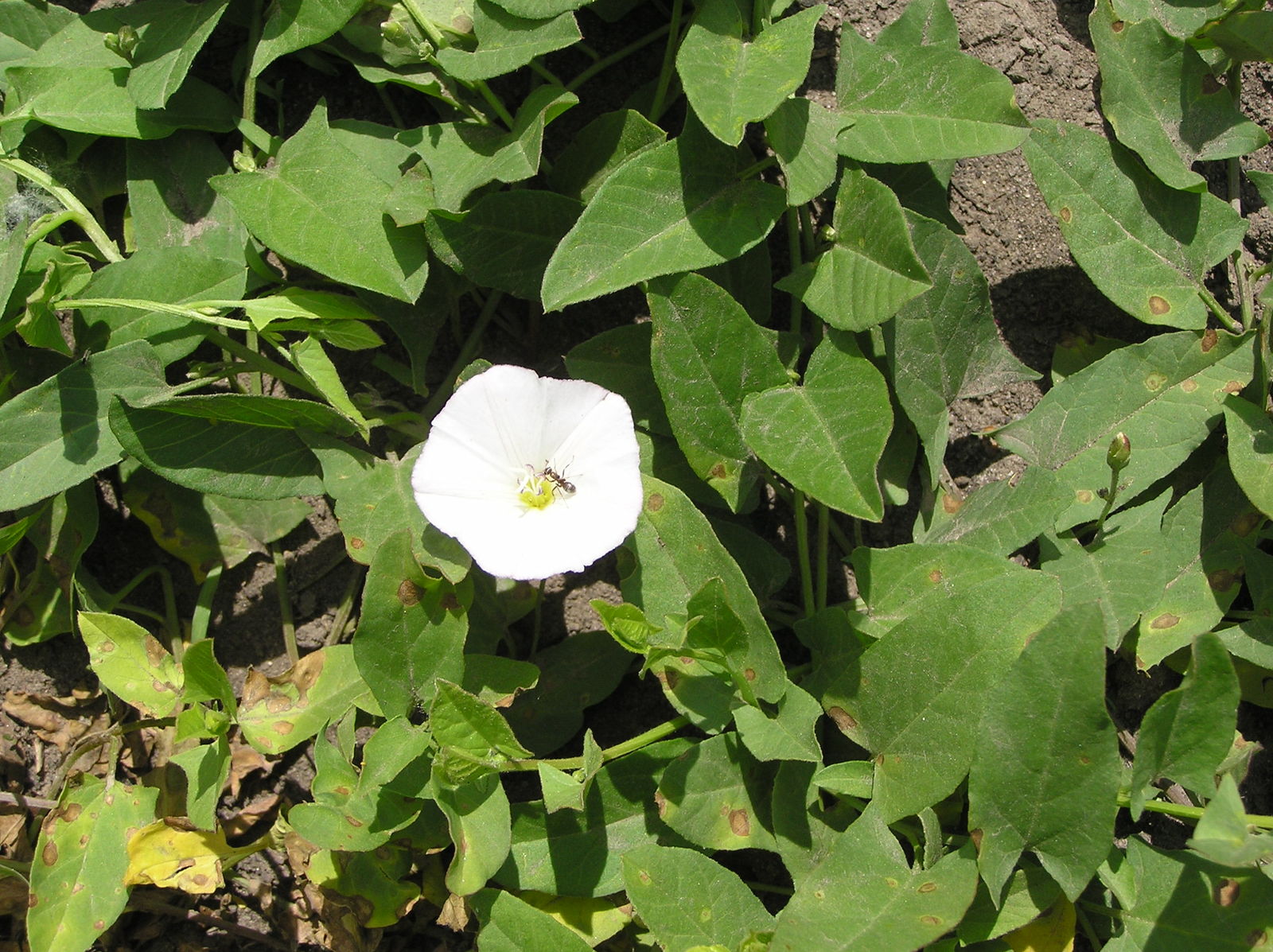
UCCE Weed Specialist Brad Hanson recommends growers start getting vigilant now and conducting weed surveys as they walk their orchards after harvest. “I would do a survey ahead of any kind of [post-emergent] application window for sure,” he said. “If I’m out there after harvest, I want to get a sense of what weeds are coming up now because that’s going to dictate what’s in my tank mix.”
Preemergent applications, Hanson said, should be based on records of what happened last winter or spring. “It’s two parts: You want to know what’s out there now that you need to control, but also what was there that will probably be there again next year.”
Hanson noted that complicated weed survey plans for orchards are typically overkill, adding that surveying mostly requires simply going up and down representative blocks to get a sense of weed presence.
In walnut orchards, annual weeds to look out for in January and February include annual bluegrass, California burclover, common chickweed, little mallow (aka cheeseweed) and mustards among others. Some annuals, however, can provide similar functions to cover crops, according to UC IPM guidelines.
Hanson said that many growers in Northern California, particularly those with more clay in their soils, will leave these weeds, or “resident vegetation,” in orchard rows to reduce erosion, soil compaction and water and sediment runoff. “Many of the same cover crop functions are managed by the vegetation that’s there naturally,” he said. “It’s really a matter of if you’re okay with that particular vegetation or if you want to change it to something else.
“If it’s filaree and ryegrass, that’s probably not so bad. If it’s malva and hairy fleabane, or some kind of perennial weed, that might be something you want to have control of,” he added.
Perennial weeds should not be left in orchards. UC IPM guidelines recommend checking groundcover in row middles for perennial seedlings and regrowth of perennials a few weeks after cultivation. Perennials to look out for include bermudagrass, curly dock, dandelion, dallisgrass and field bindweed among others.
The grower’s final decision for keeping resident vegetation in their orchards will be dependent on the particular species, orchard location and goals for said orchard, according to Hanson. Different functions of vegetation require different management inputs.
“If [the grower] wants 100% weed control, that’s going to require a certain level of input,” he said. “If they want to get a certain functionality with vegetation, that might be a different kind of input.”

Taylor Chalstrom
Taylor is the new Digital Content Editor at JCS Marketing Inc., coming on to the team in June 2020 as an editorial intern. He previously attended Cal Poly, San Luis Obispo, earning a degree in Agricultural Science and a minor in Agricultural Communication. Taylor wrote for AgCircle, Cal Poly’s award-winning agriculture magazine produced by the Brock Center for Agricultural Communication, for two and a half years before becoming Brock’s Associate Editor for writing in his final year at Cal Poly.















